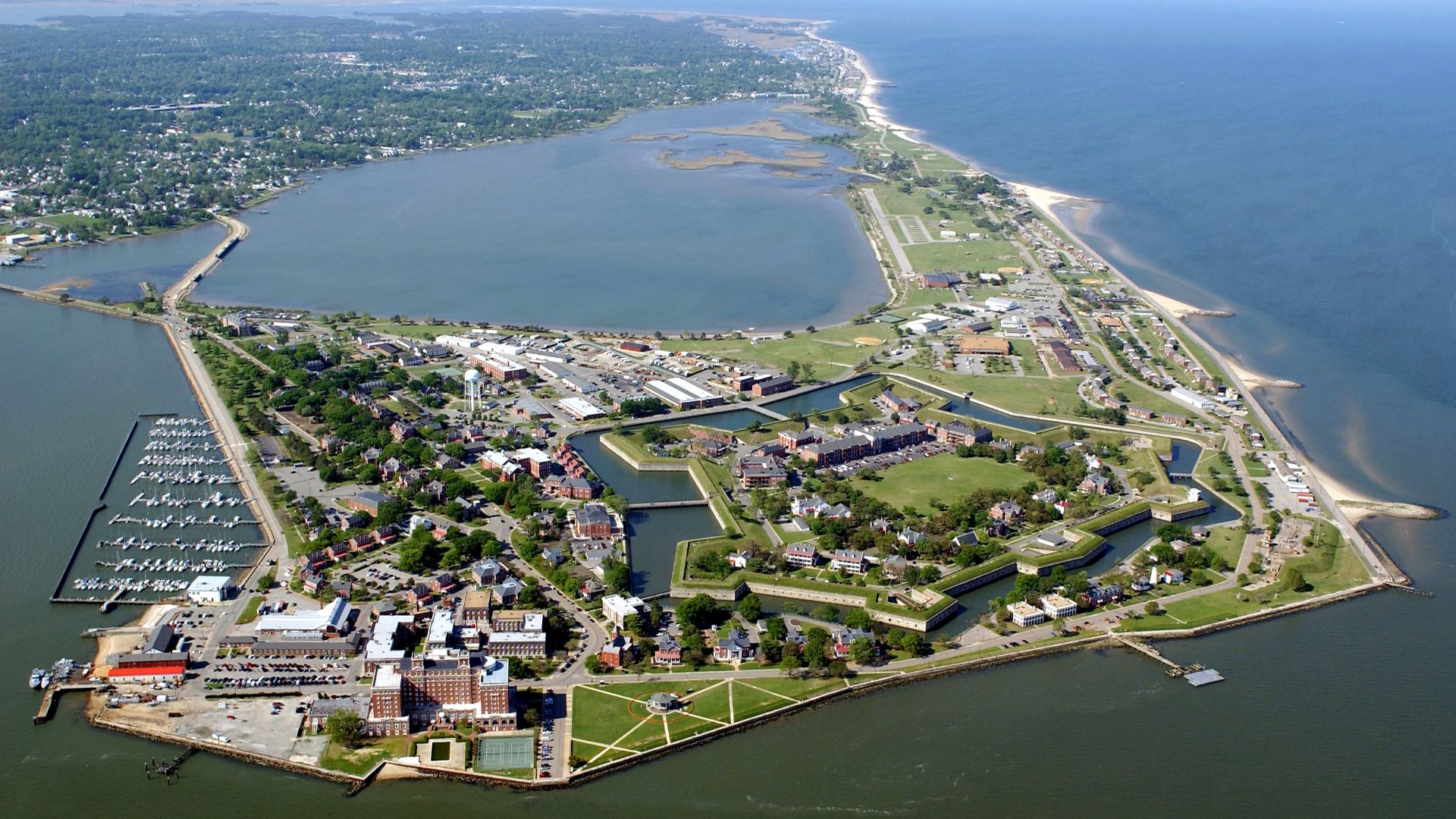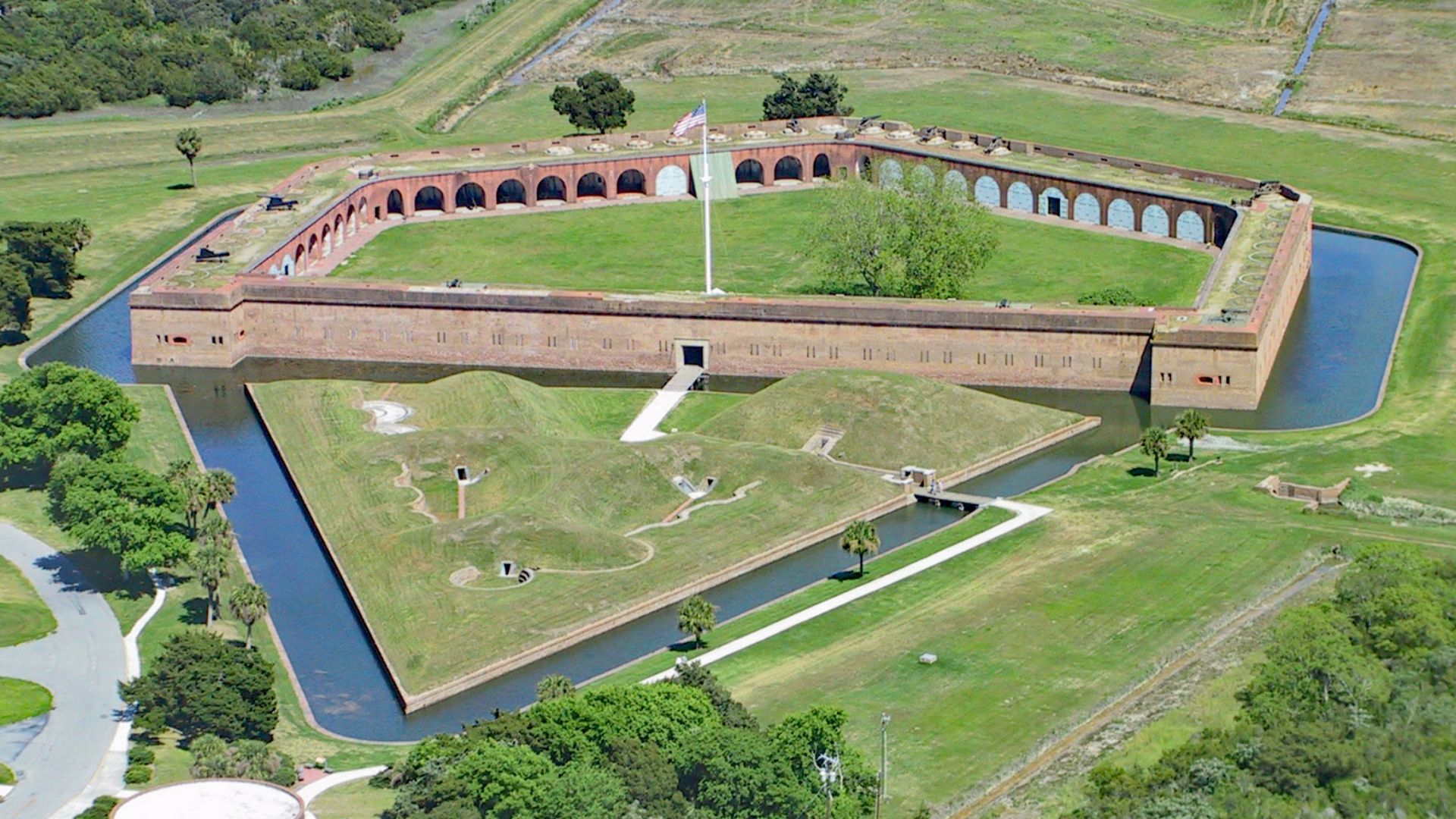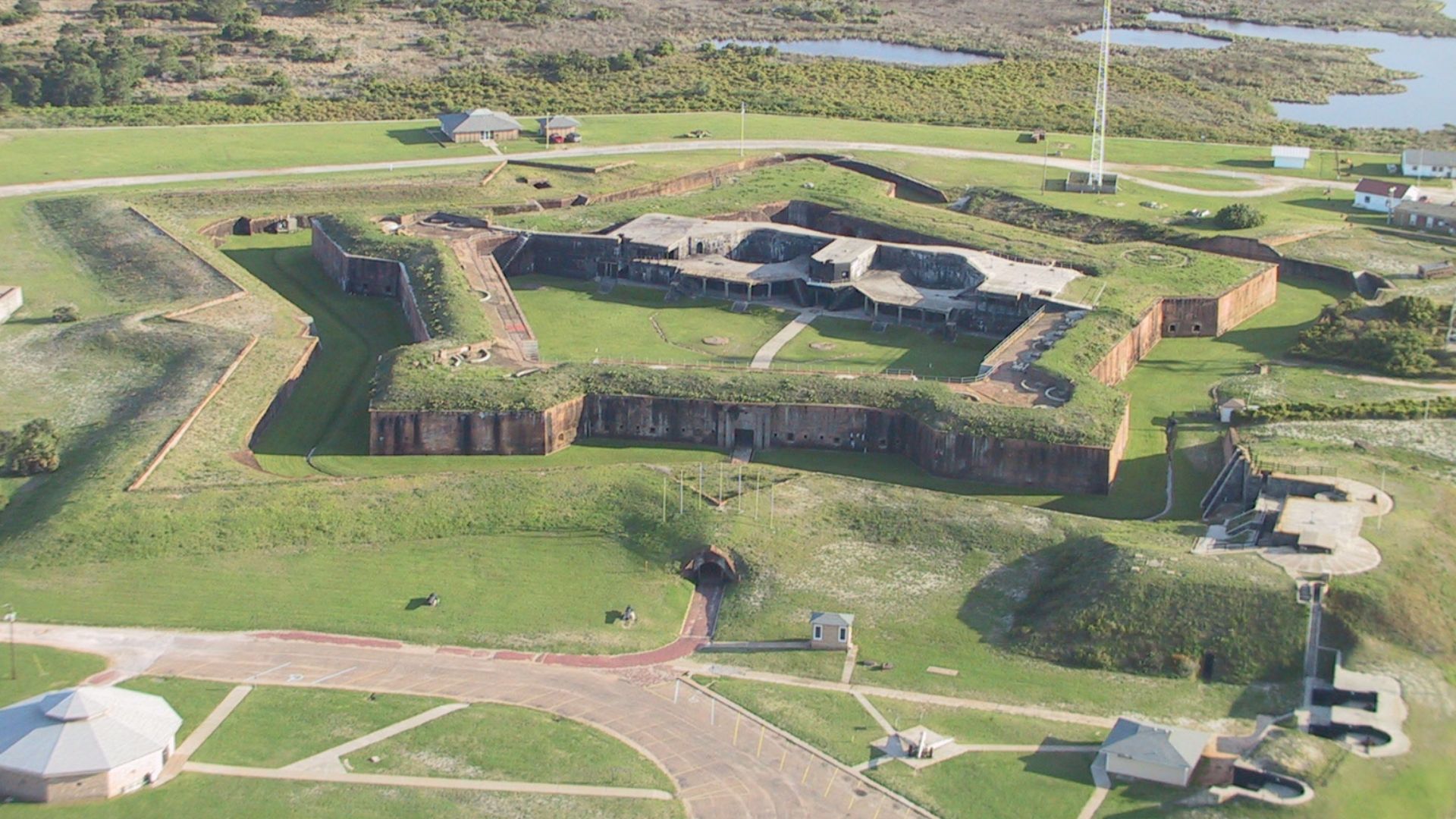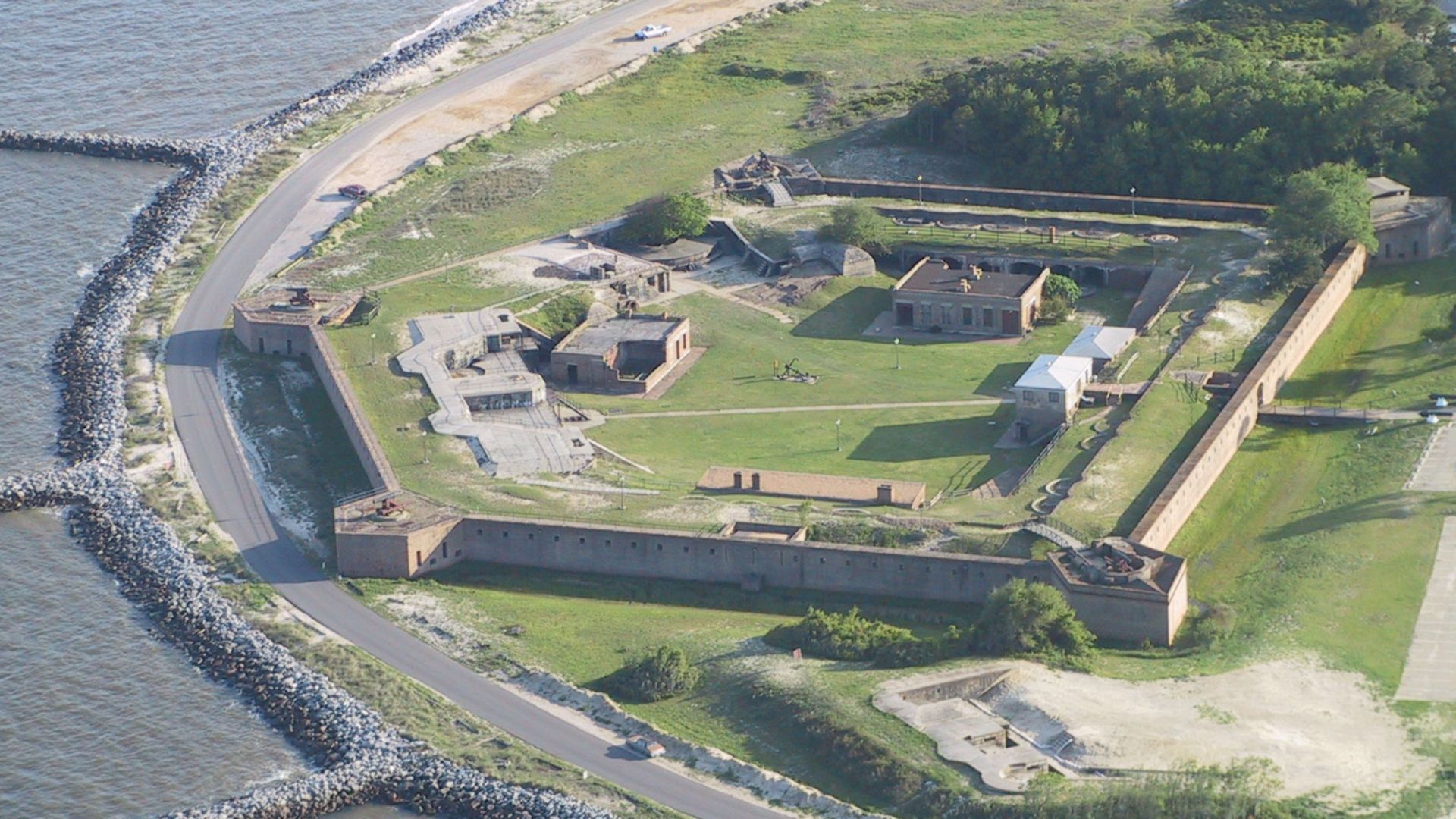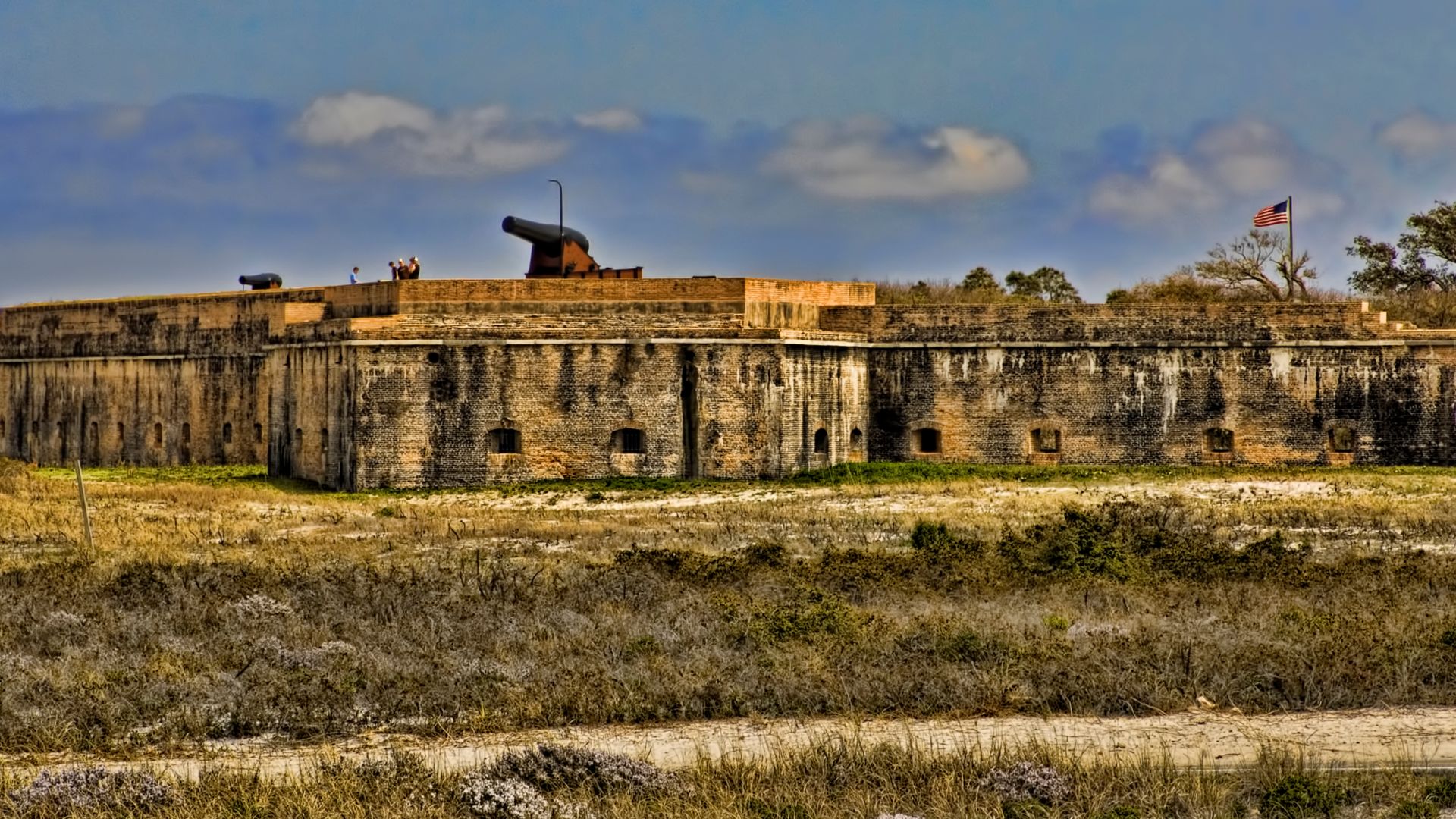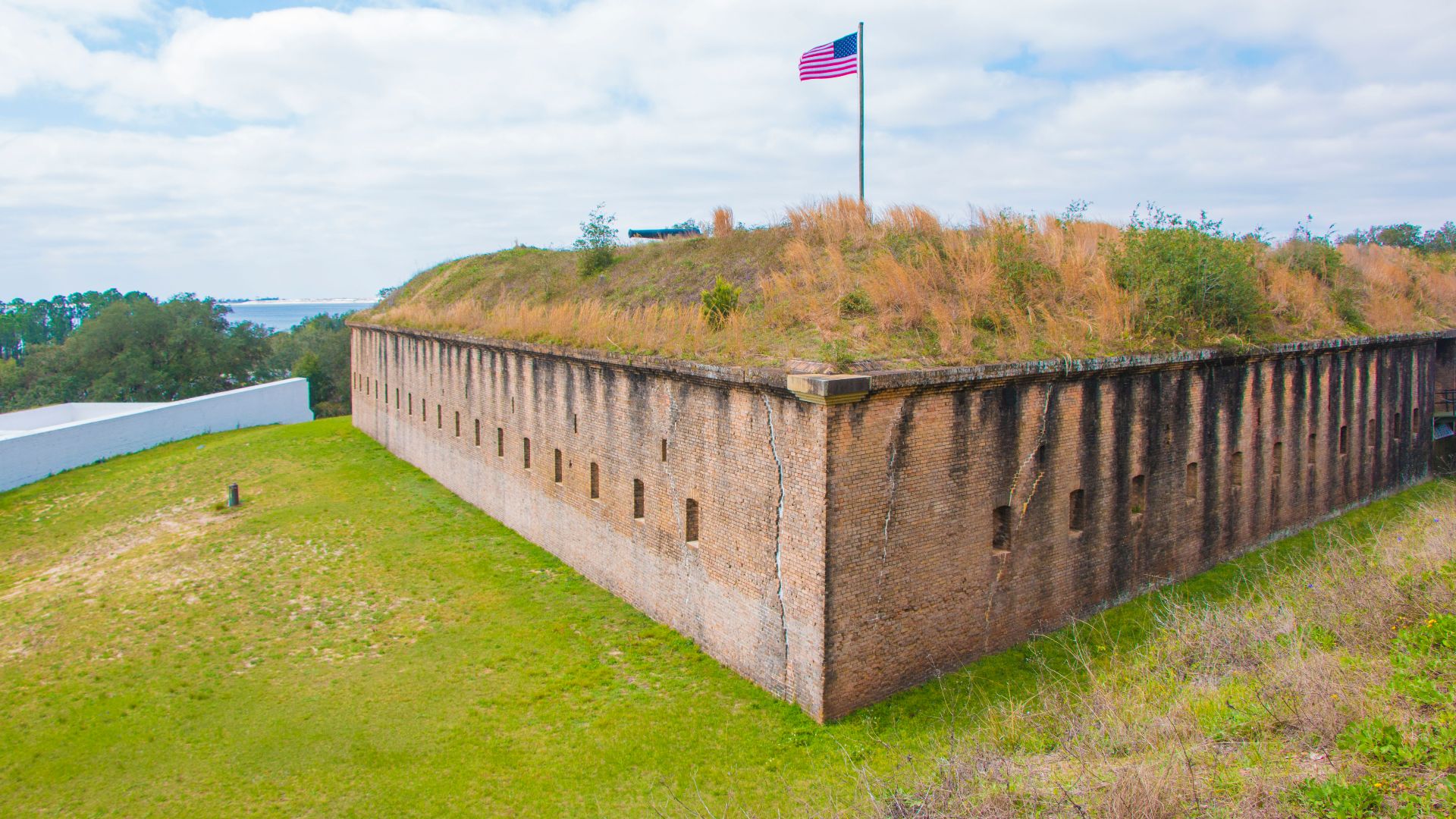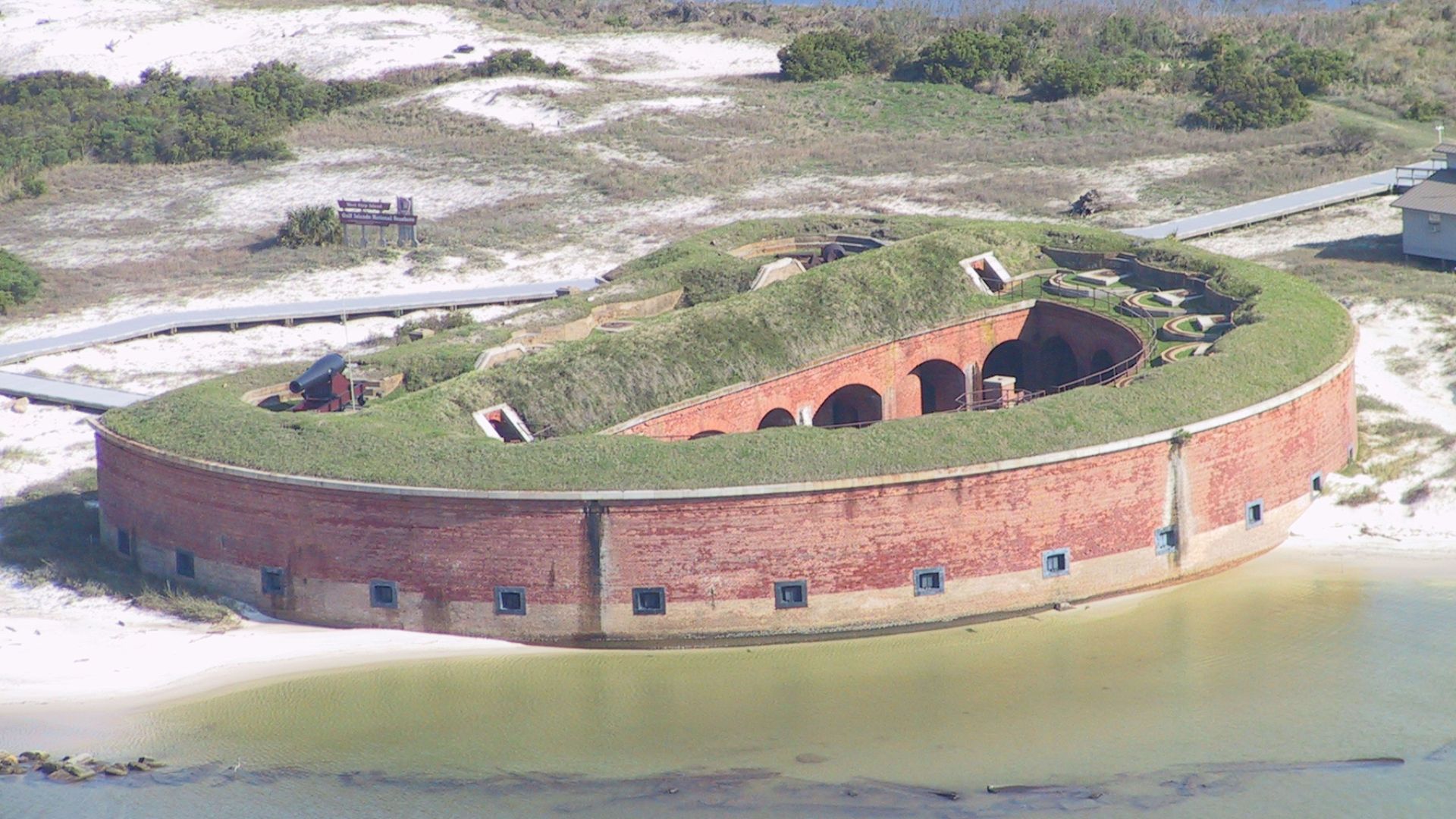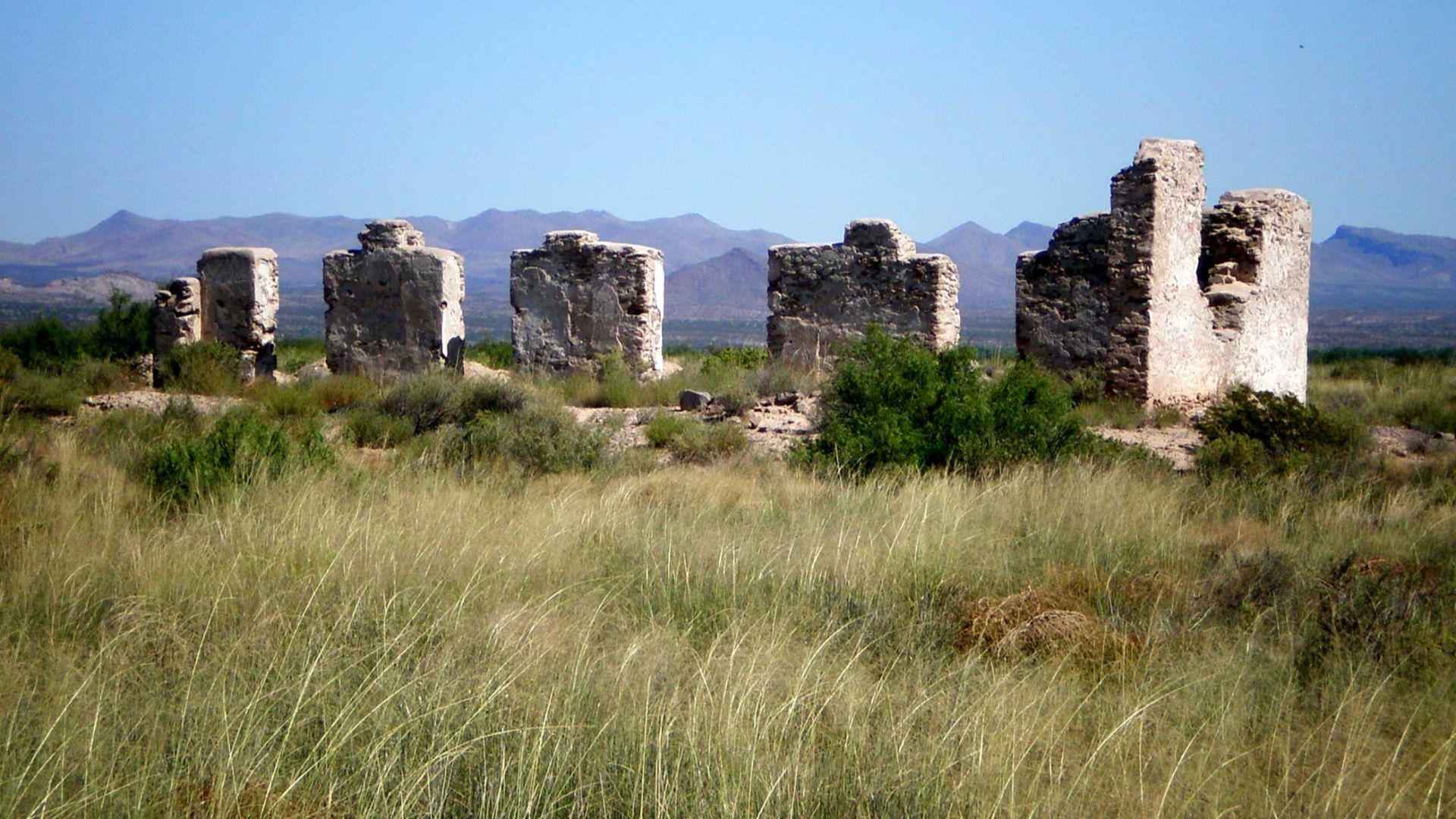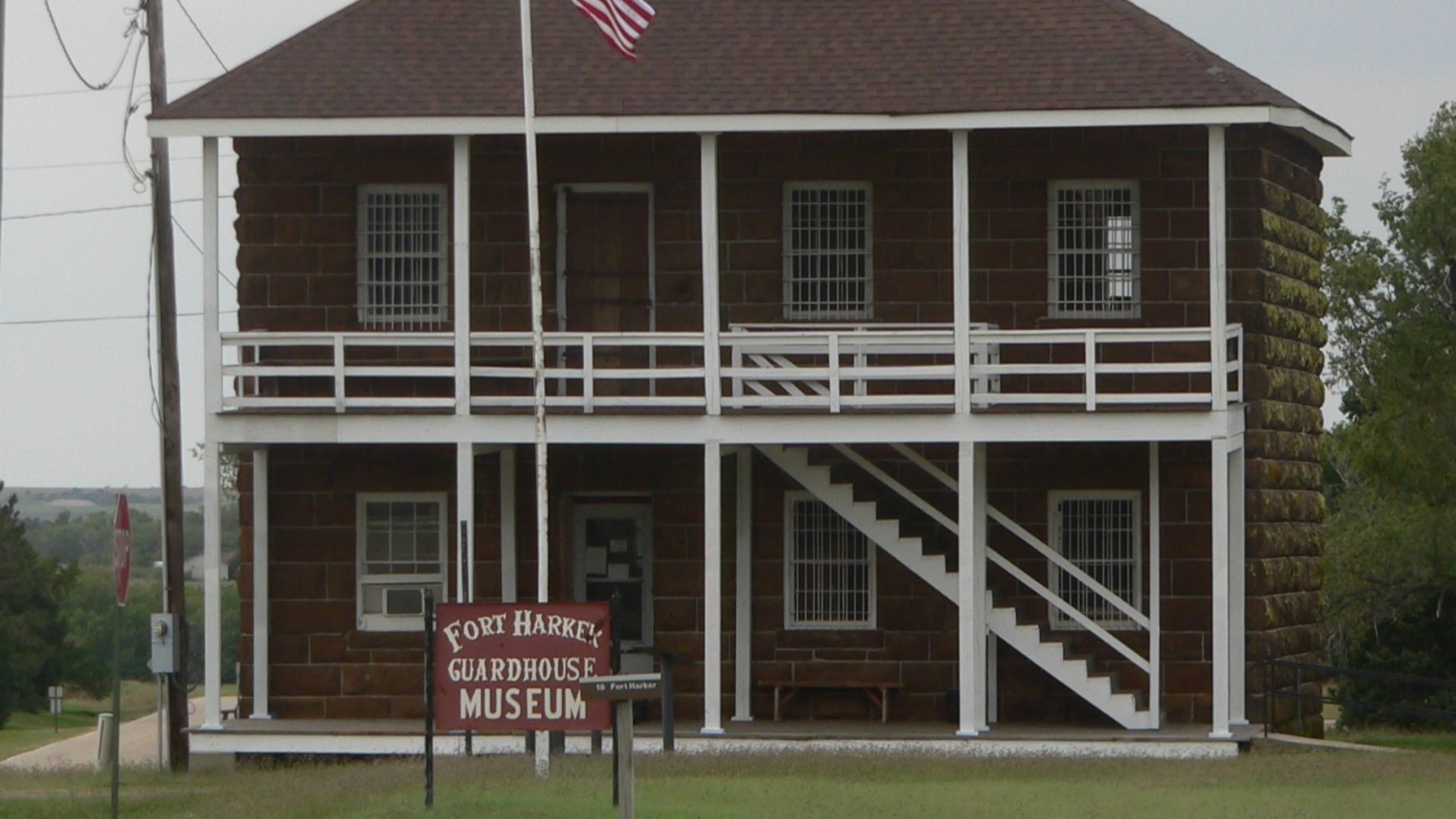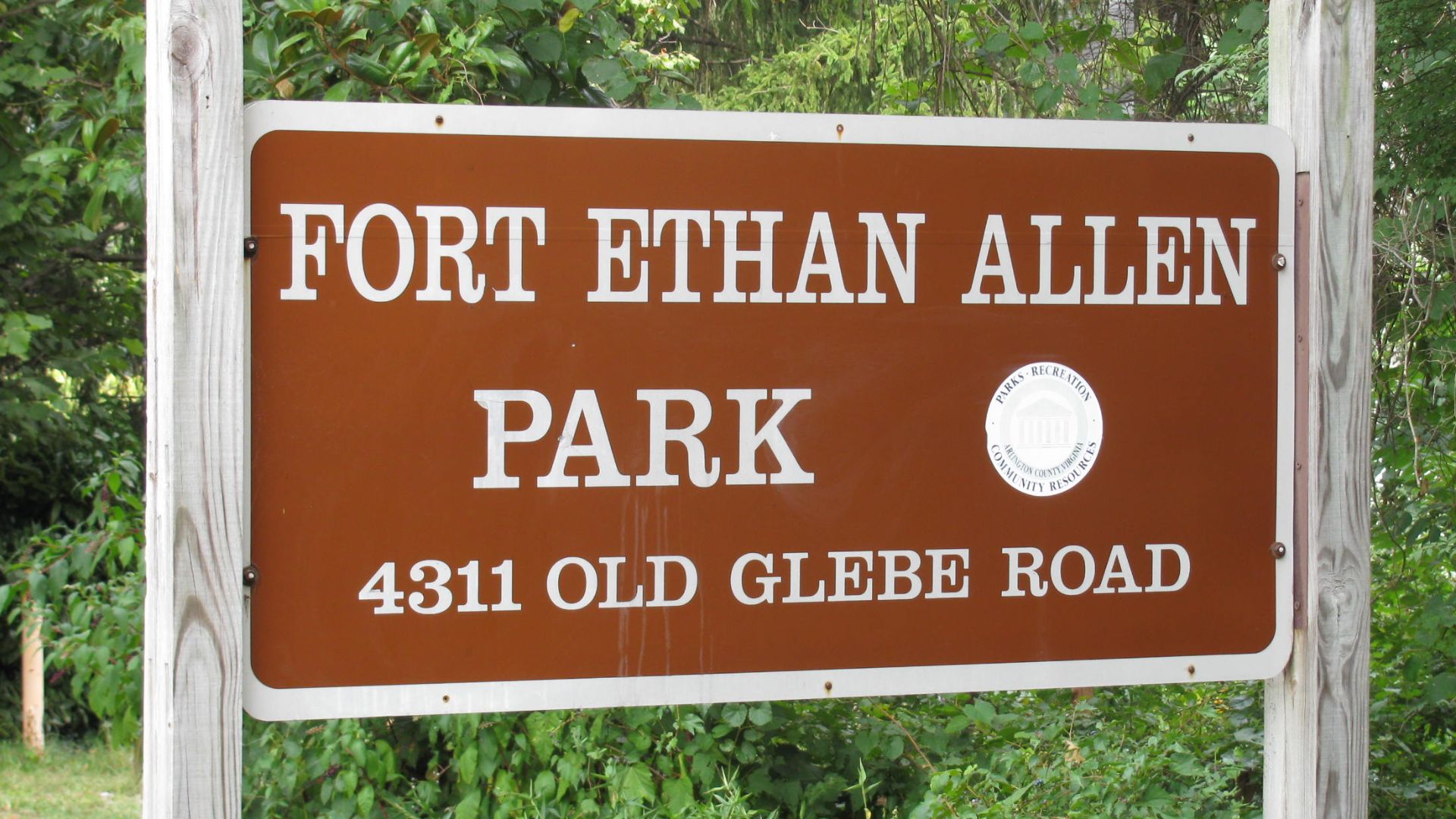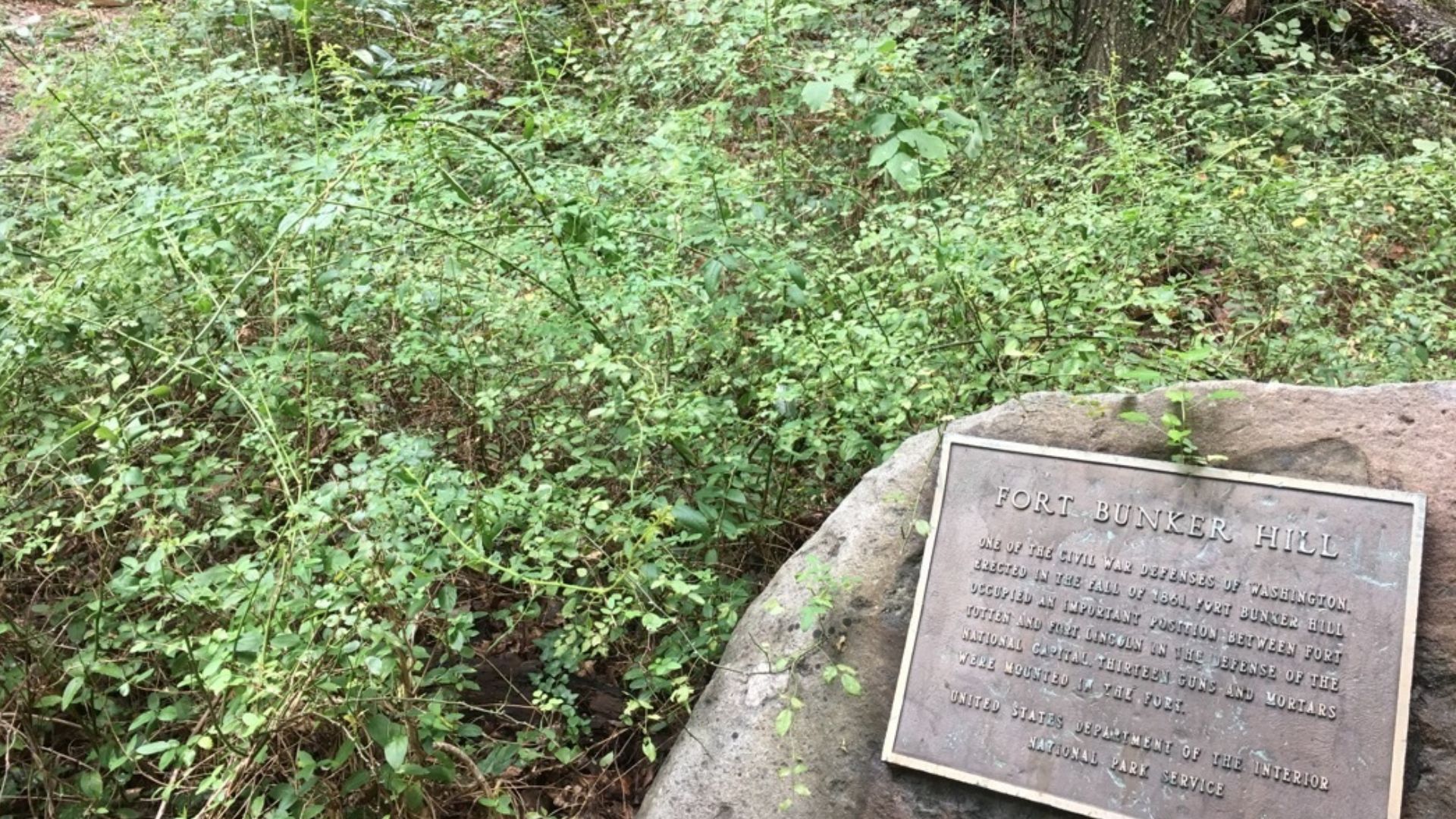Noteworthy Spots
American forces used forts to guard rivers, coasts, and cities because high ground and thick walls beat guesswork. Some of these old forts still stand proud, while others crumble quietly.
Fort Sumter (South Carolina)
Fort Sumter, located in Charleston Harbor, is renowned as the site where the Civil War’s first shots were fired in April 1861, marking the war’s commencement.
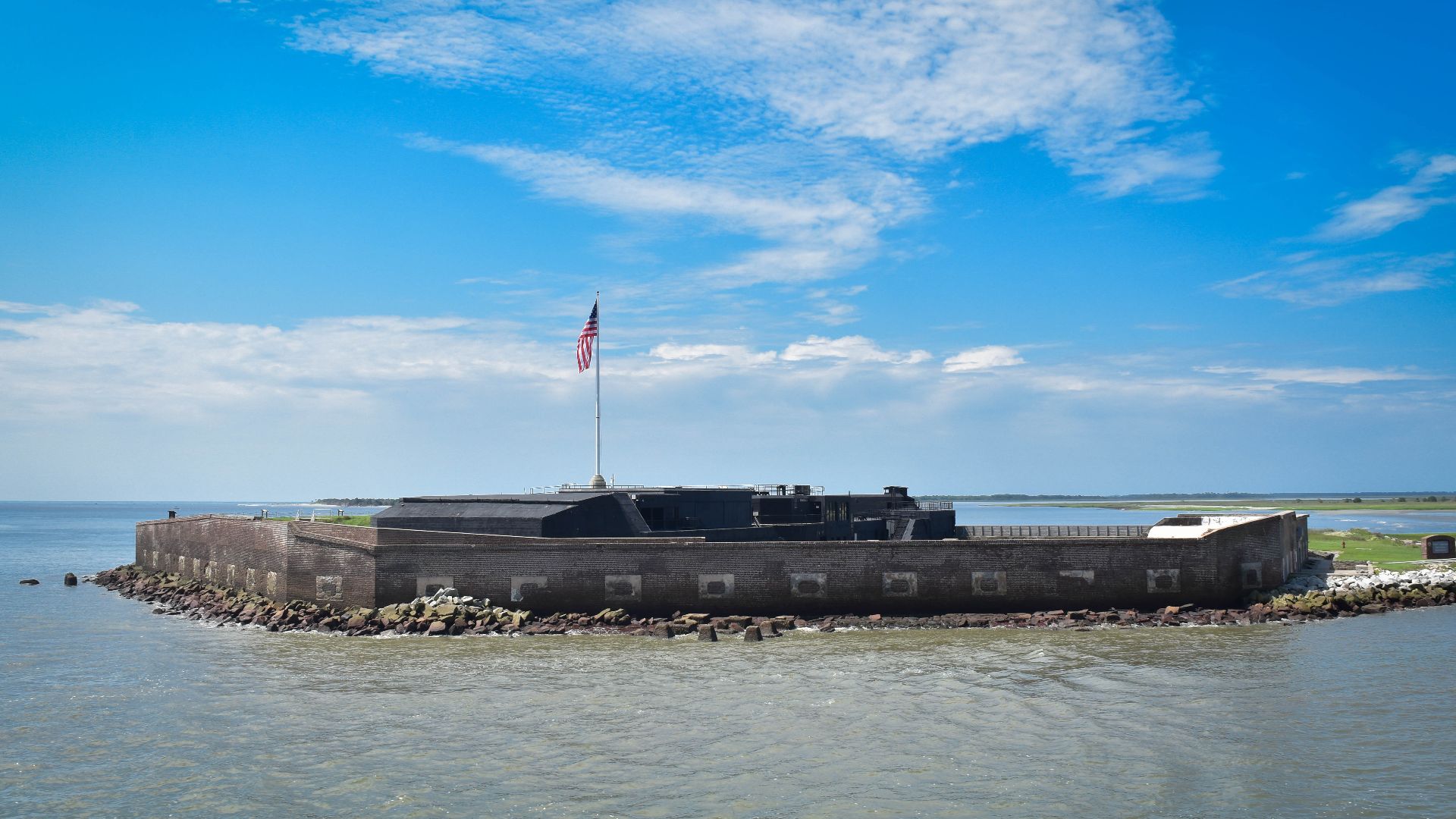 Clynnwersch, Wikimedia Commons
Clynnwersch, Wikimedia Commons
Fort Donelson (Tennessee)
Overlooking the Cumberland River, Fort Donelson’s river battery played a pivotal role during its 1862 capture by Ulysses S Grant.
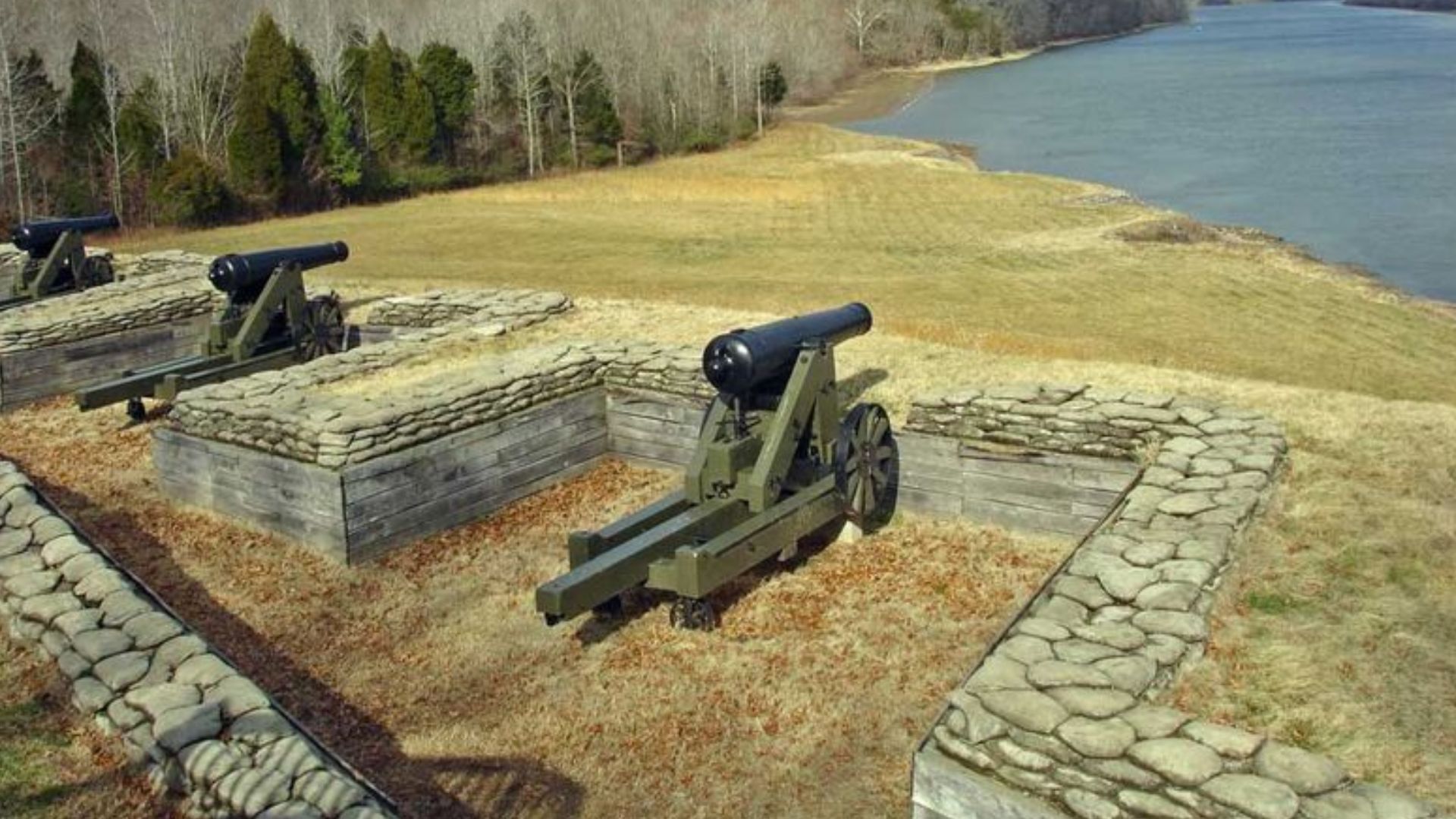 http://en.wikipedia.org/wiki/User:Hlj, Wikimedia Commons
http://en.wikipedia.org/wiki/User:Hlj, Wikimedia Commons
Fort Monroe (Virginia)
An aerial view showcases Fort Monroe, which remained under Union control throughout the Civil War and served as a haven for escaped slaves seeking freedom.
Fort Pulaski (Georgia)
This aerial photo shows Fort Pulaski’s distinctive five-sided design. Captured by Union forces in 1862, its fall proved how rifled cannons rendered masonry forts obsolete.
Fort Morgan (Alabama)
This Fort protected the entrance to Mobile Bay until it was captured during Admiral Farragut’s 1864 campaign.
Fort Gaines (Alabama)
Fort Gaines surrendered shortly after Fort Morgan fell, which contributed to the Union’s control over Mobile Bay during the Civil War.
Fort Moultrie (South Carolina)
Situated on Sullivan’s Island, Fort Moultrie was a key Confederate stronghold defending Charleston Harbor throughout much of the Civil War.
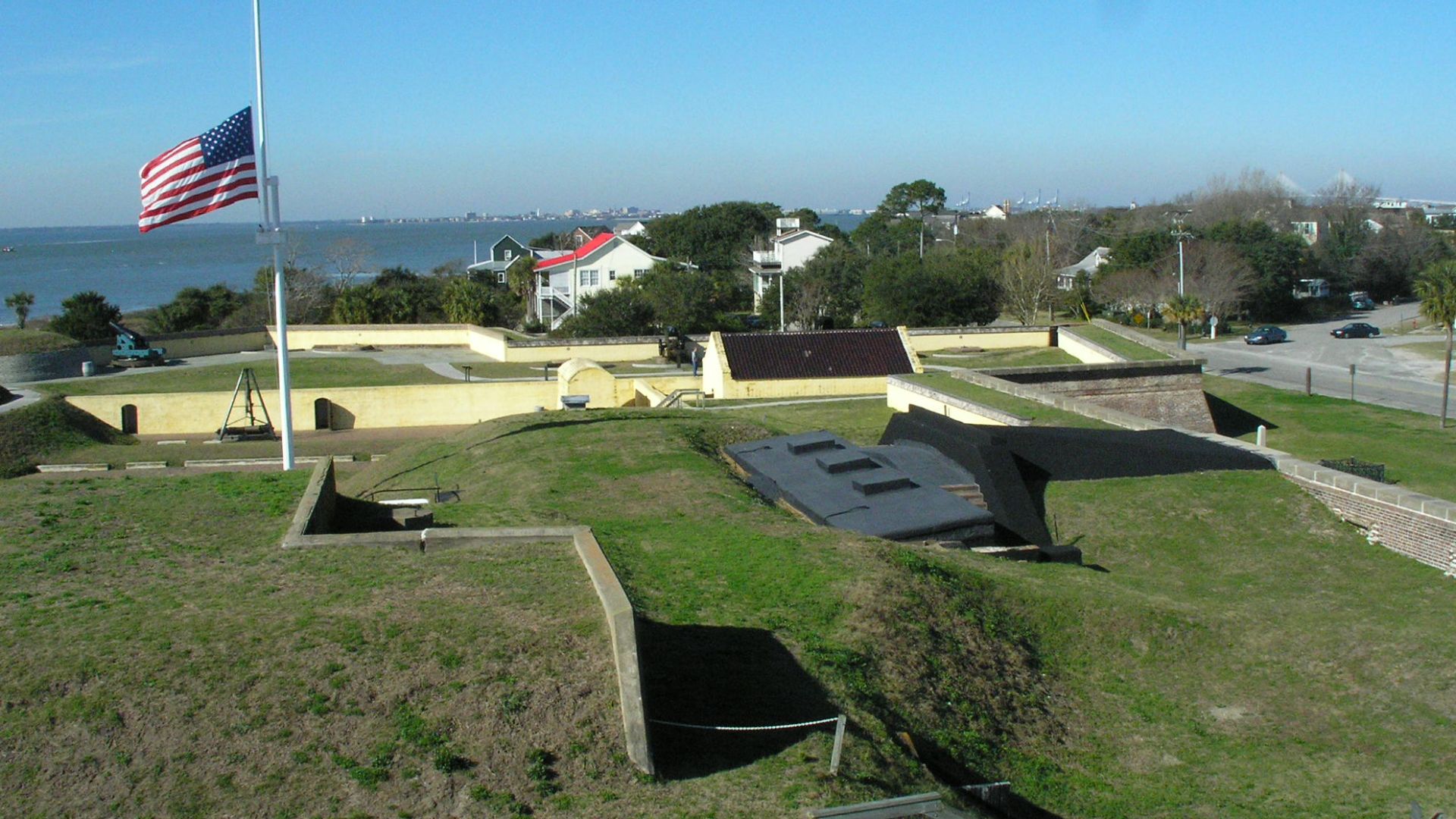 Dima Sergiyenko; Please attribute this image as the work of
Dima Sergiyenko; Please attribute this image as the work of
Fort Jackson (Louisiana)
Positioned along the Mississippi River, Fort Jackson was vital for controlling access to New Orleans until its seizure by Union forces in 1862.
 Infrogmation of New Orleans, Wikimedia Commons
Infrogmation of New Orleans, Wikimedia Commons
Fort Pickens (Florida)
This spot is located on Santa Rosa Island remained under Union control throughout the American Civil War, serving as a strategic point in the Gulf of Mexico.
Fort Barrancas (Florida)
Confederates briefly held Fort Barrancas, but the Union retained control of nearby Fort Pickens. This image was taken in 2019.
Fort Massachusetts (Mississippi)
Located on Ship Island, this Fort was used by the Union to stage operations along the Gulf Coast.
Fort Blakeley (Alabama)
Site of one of the last major battles of the war, captured just hours after Lee’s surrender.
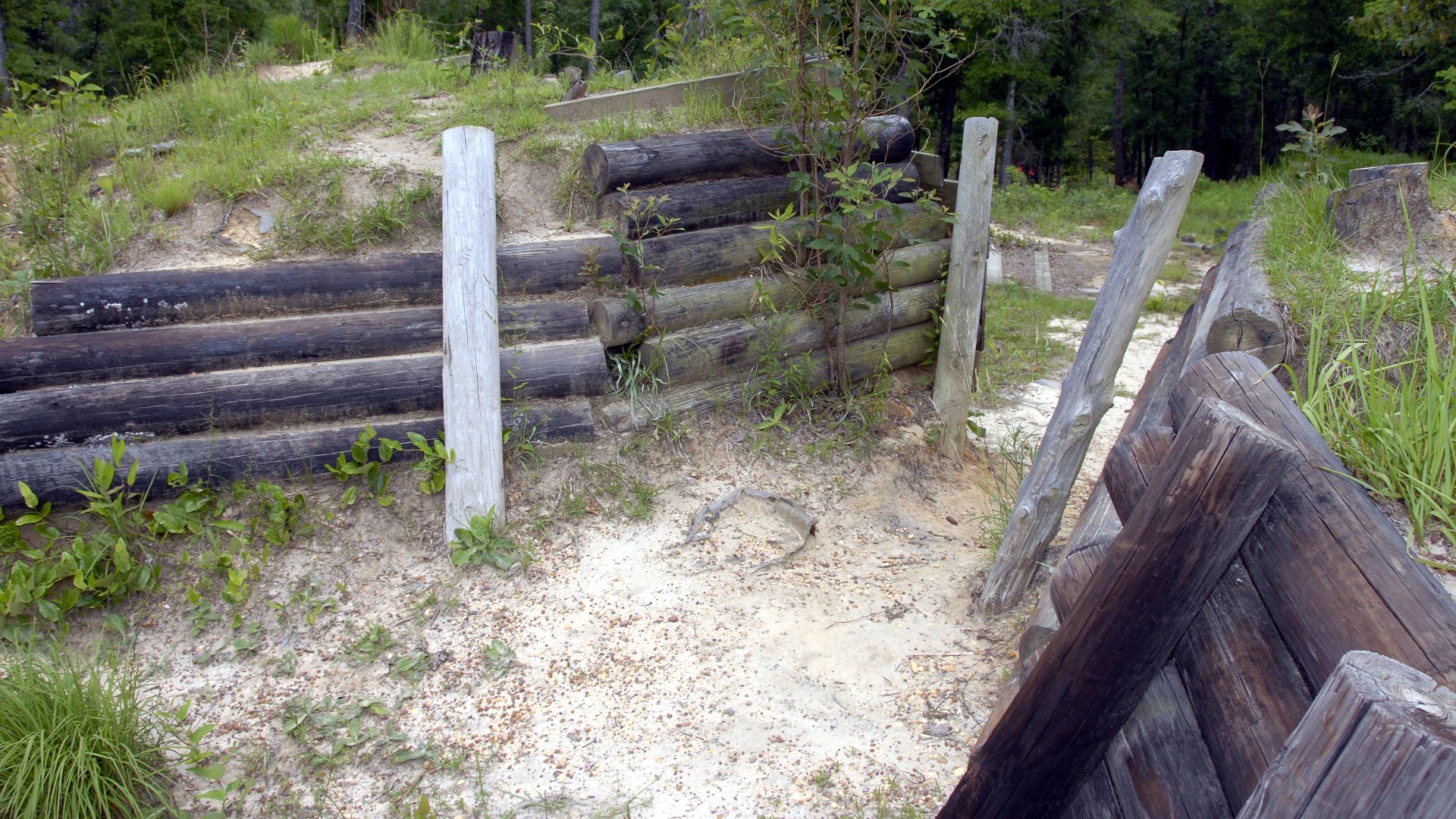 Kevin King from Pensacola, FL, US of A, Wikimedia Commons
Kevin King from Pensacola, FL, US of A, Wikimedia Commons
Fort Pillow (Tennessee)
This is the infamous site of a controversial massacre of Black Union soldiers in 1864.
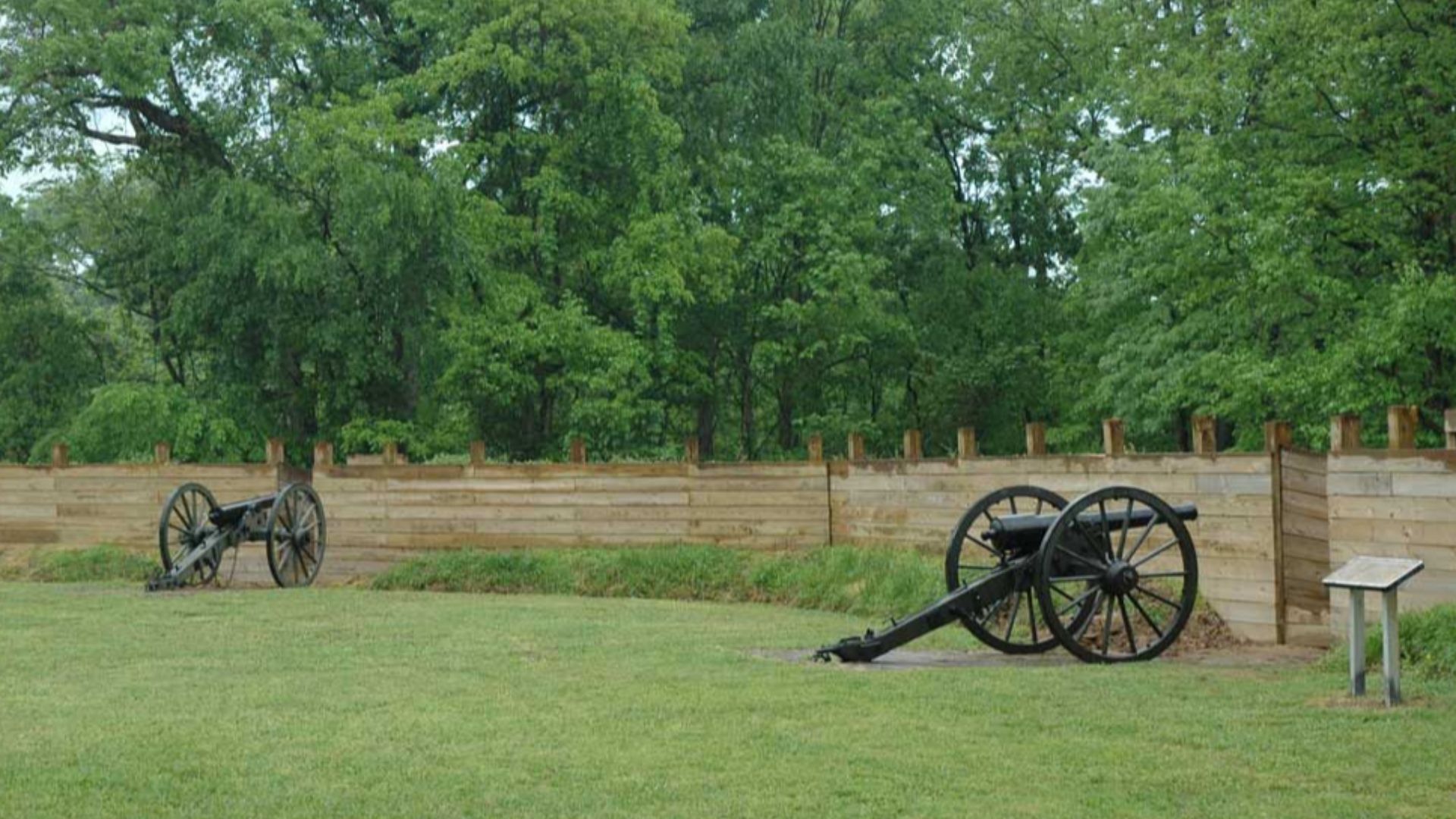 Hal Jespersen at en.wikipedia, Wikimedia Commons
Hal Jespersen at en.wikipedia, Wikimedia Commons
Fort Craig (New Mexico)
Fort Craig stood as a major Union outpost in the Southwest, notably during the Battle of Valverde, asserting federal presence in the region.
Fort Union (New Mexico)
Guarding the Santa Fe Trail, Fort Union was instrumental in maintaining Union dominance in the Southwest over vital trade routes.
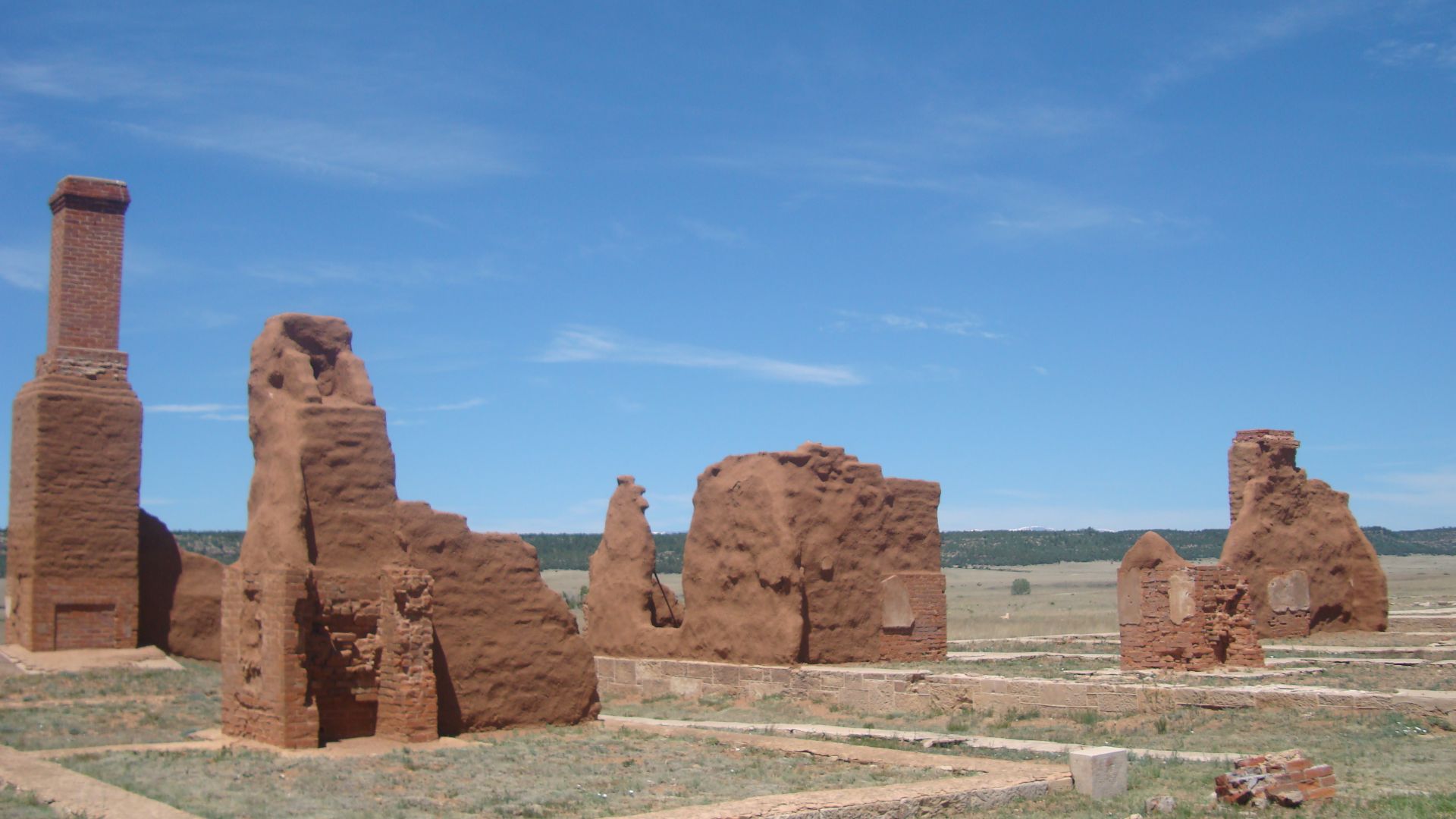 Eric T Gunther, Wikimedia Commons
Eric T Gunther, Wikimedia Commons
Fort Harker (Kansas)
Fort Harker’s strategic location in Kansas made it essential for Union logistics, as it guarded western routes and served as a key military supply depot.
Fort Massachusetts (Massachusetts)
This lesser-known Fort Massachusetts bolstered the city’s coastal defenses and it’s distinct from its namesake in Mississippi.
Fort Ethan Allen (Virginia)
Built rapidly after the war’s outbreak, Fort Ethan Allen was part of a defensive ring protecting Washington, DC.
Fort Gregg (Virginia)
Defending Petersburg’s western approaches, Fort Gregg earned the nickname “Confederate Alamo” after a desperate final stand delayed Union forces in April 1865.
Fort Heiman (Kentucky)
Fort Heiman anchored a Confederate triangle with Henry and Donelson. Though abandoned early, its high bluff site near the Tennessee River had major tactical value.
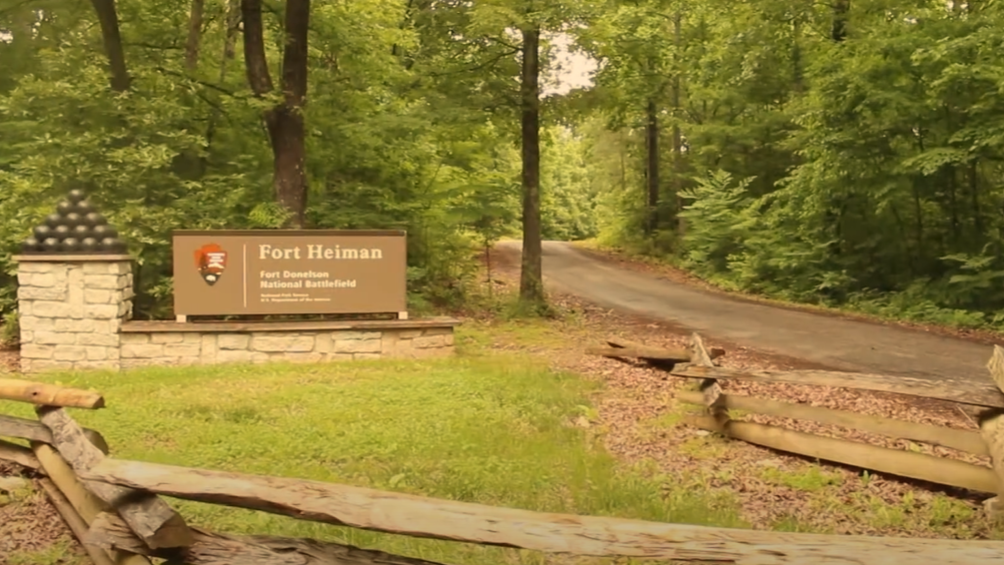 History of Fort Heiman DOCUMENTARY by Calloway County Schools
History of Fort Heiman DOCUMENTARY by Calloway County Schools
Fort Warren (Massachusetts)
Situated on Georges Island in Boston Harbor, Fort Warren served as a Union prison. It detained Confederate soldiers and political prisoners.
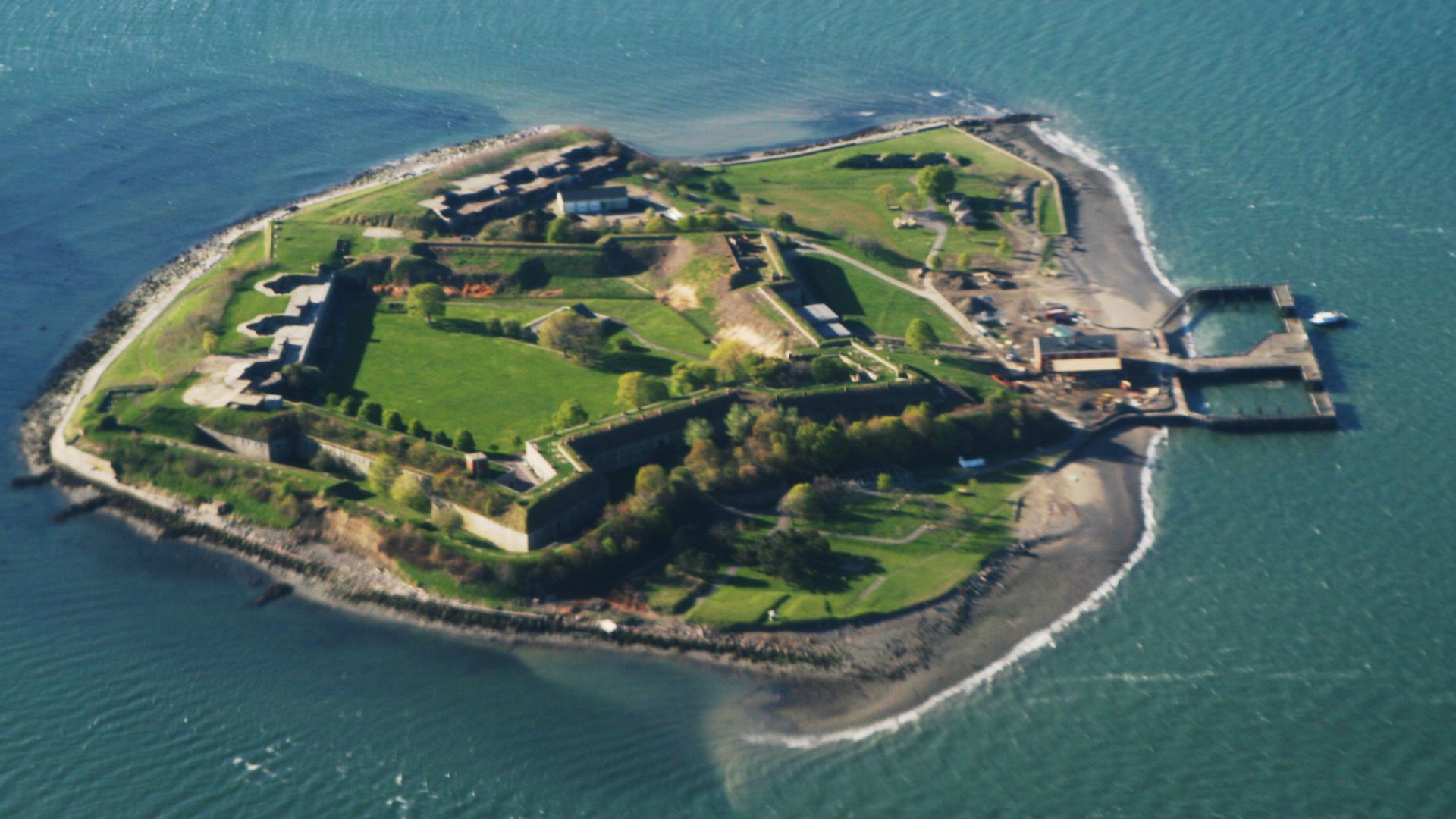 Doc Searls from Santa Barbara, USA, Wikimedia Commons
Doc Searls from Santa Barbara, USA, Wikimedia Commons
Fort Defiance (Tennessee)
Located along the Cumberland River, Fort Defiance was constructed by Confederate forces in 1861 and later occupied by Union troops.
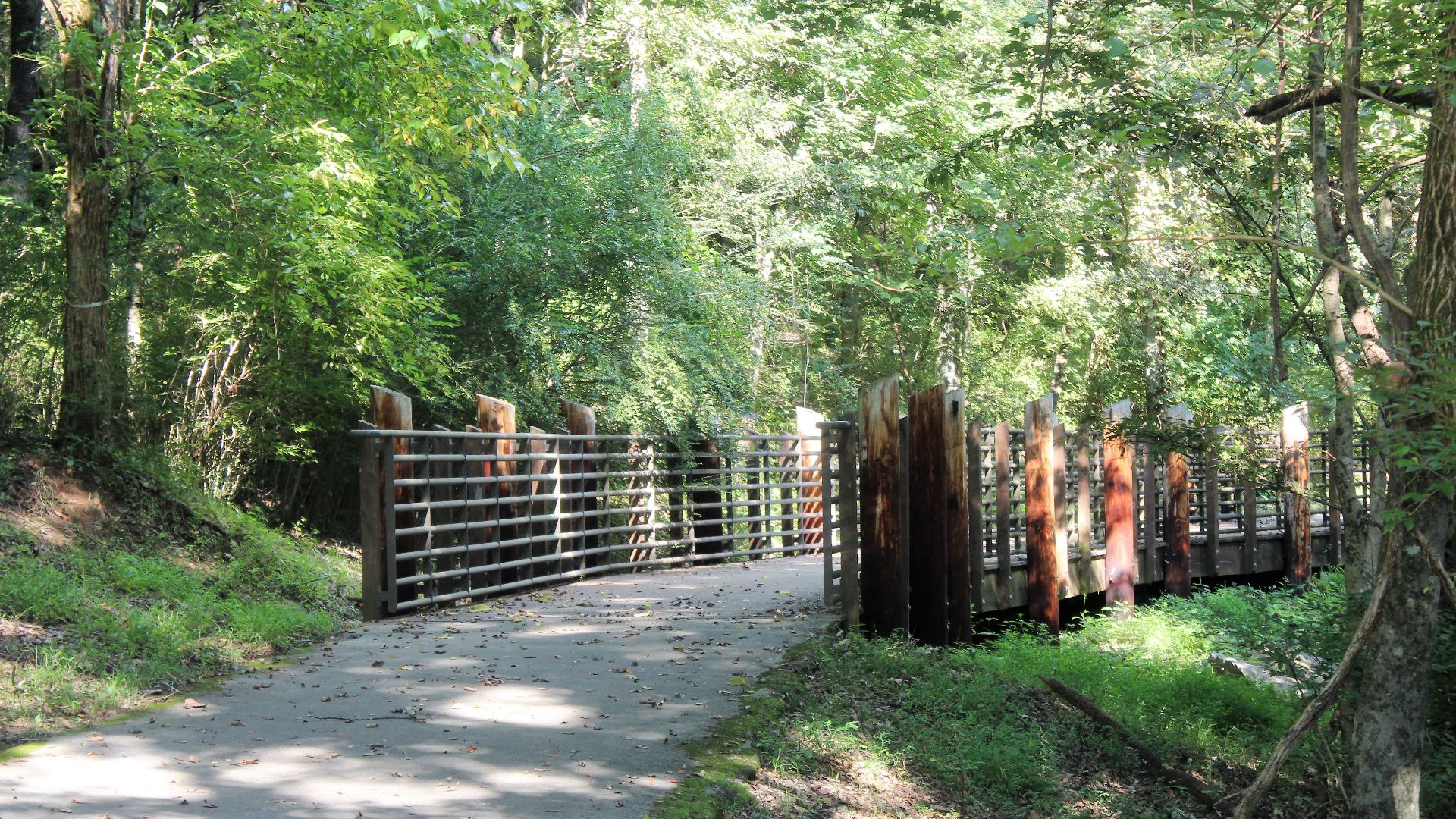 Amanda Blount , Amandablount2, Wikimedia Commons
Amanda Blount , Amandablount2, Wikimedia Commons
Fort Howell (South Carolina)
Built in 1864, Fort Howell was constructed by the Union Army’s 32nd United States Colored Infantry Regiment to protect the nearby Freedmen’s village of Mitchelville.
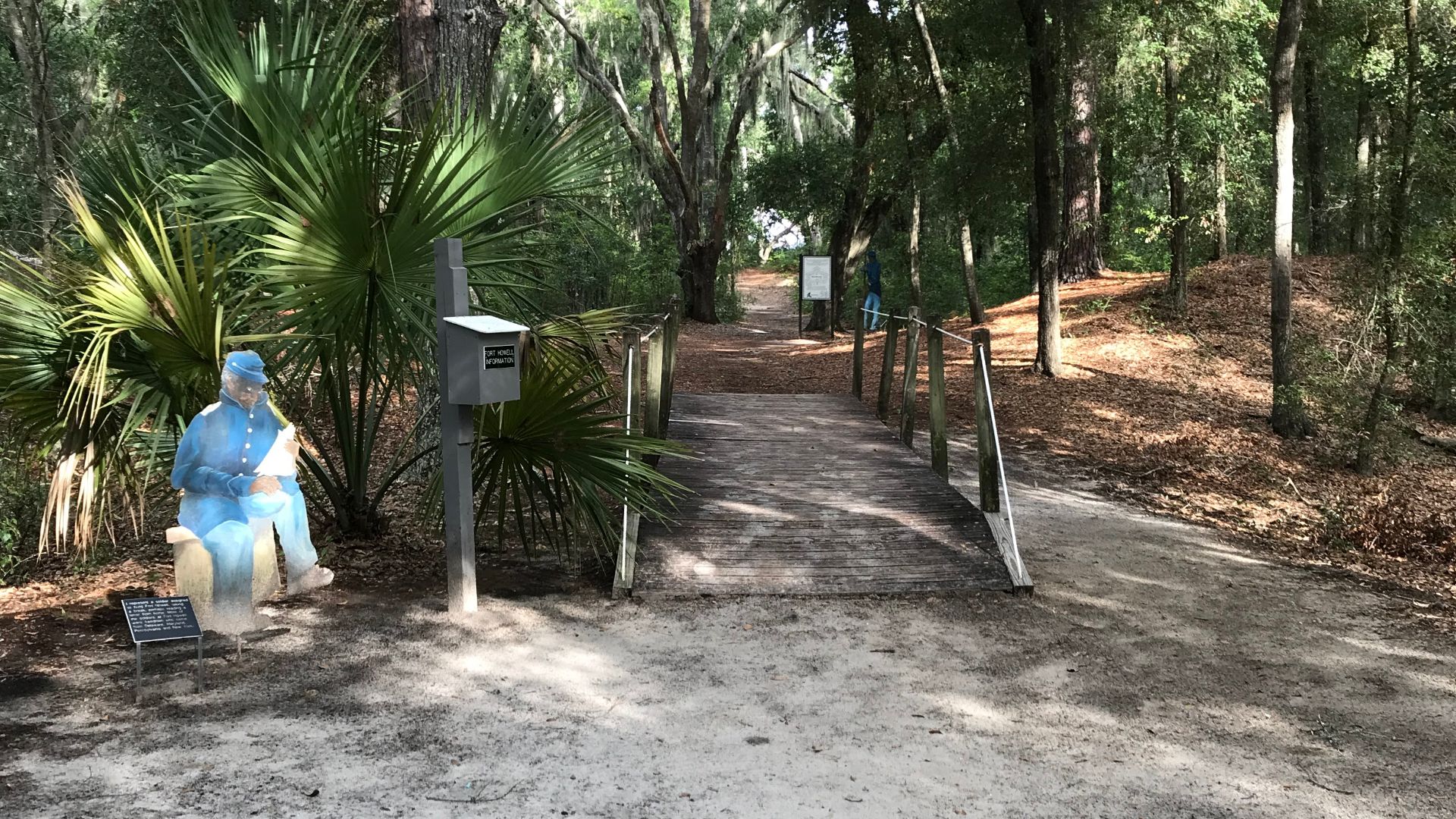 HHILandTrust, Wikimedia Commons
HHILandTrust, Wikimedia Commons
Fort Southerland (Arkansas)
Fort Southerland was one of five redoubts built by Confederate forces in 1864 to protect the city from Union advances during the Red River Campaign.
 Brandonrush, Wikimedia Commons
Brandonrush, Wikimedia Commons
Fort Bunker Hill (Washington, DC)
This location served as an earthwork fortification to protect the capital from Confederate attacks.


